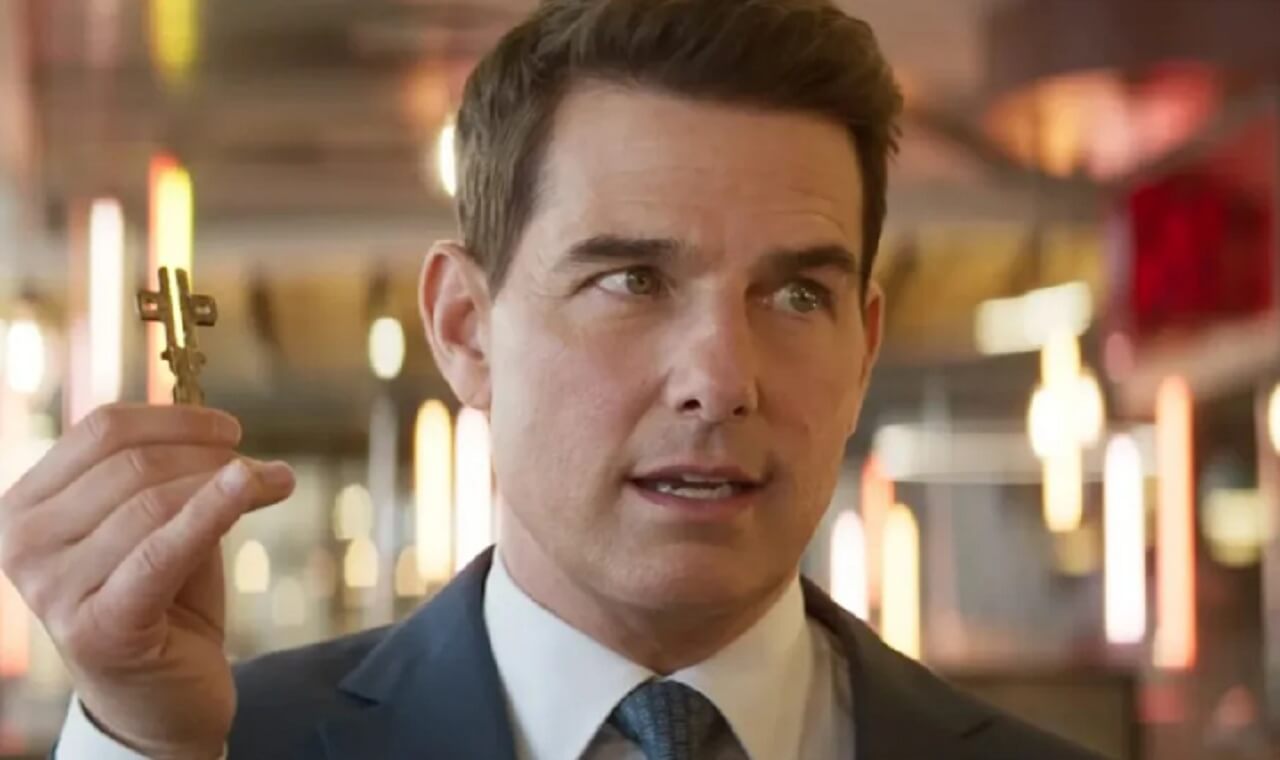Washington D.C. — Demolition work has officially begun at the White House East Wing, marking the start of a $250 million White House Renovation project led by President Donald Trump. The centerpiece of this renovation — a new 90,000-square-foot presidential ballroom — has ignited a fierce national debate over presidential authority, historic preservation, and legal oversight.
Critics argue the plan oversteps executive power, while the White House insists such structural improvements are both necessary and routine. The White House Renovation now stands at the center of a growing political and legal storm in the nation’s capital.
Main Details — Project Scope and Oversight
The White House Renovation includes large-scale demolition at the East Wing to make space for the new ballroom. The Trump administration has cited the need for “modern event facilities” to accommodate state functions and diplomatic events.
However, according to Reuters, the administration has not yet submitted formal plans to the National Capital Planning Commission (NCPC) — the body responsible for reviewing federal construction in Washington, D.C. The NCPC is currently chaired by White House aide Will Scharf, who maintains that the commission lacks jurisdiction over preliminary demolition work.
This interpretation of authority is being closely monitored by legal and historic preservation experts, who warn that bypassing review could set a dangerous precedent.
Quotes and Reactions
Former First Lady Hillary Clinton publicly criticized the move, calling it “an unnecessary expansion that risks the White House’s historic character.”
A White House spokesperson responded, stating, “This renovation follows long-standing tradition. Presidents from Theodore Roosevelt to Harry Truman made substantial updates to ensure the White House remains functional and secure.”
Meanwhile, the National Trust for Historic Preservation has urged the administration to temporarily halt construction, warning that the proposed ballroom “could overwhelm the 55,000-square-foot main residence.”
Broader Impact and Historical Context
The debate surrounding the White House Renovation extends far beyond its architectural scope. Historians note that the executive mansion has undergone several transformations — including a complete rebuild after the 1814 fire, and structural modernization under President Harry Truman in the late 1940s.
Supporters of Trump’s plan frame it as a forward-looking enhancement to national heritage. Detractors see it as the erosion of a monument symbolizing American democracy. The outcome could redefine how far future presidents can go in altering the nation’s most symbolic residence.
What’s Next — Awaiting NCPC Review
The NCPC is expected to request formal documentation before issuing a public statement on the White House Renovation. Legal experts anticipate potential litigation if the administration proceeds without review.
For now, demolition continues under close watch from both preservation groups and political analysts. The final design of the new East Wing ballroom — and its long-term implications for presidential power — remain under scrutiny.














